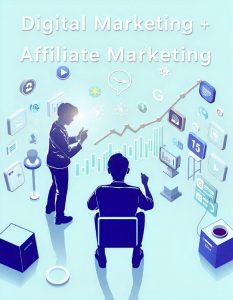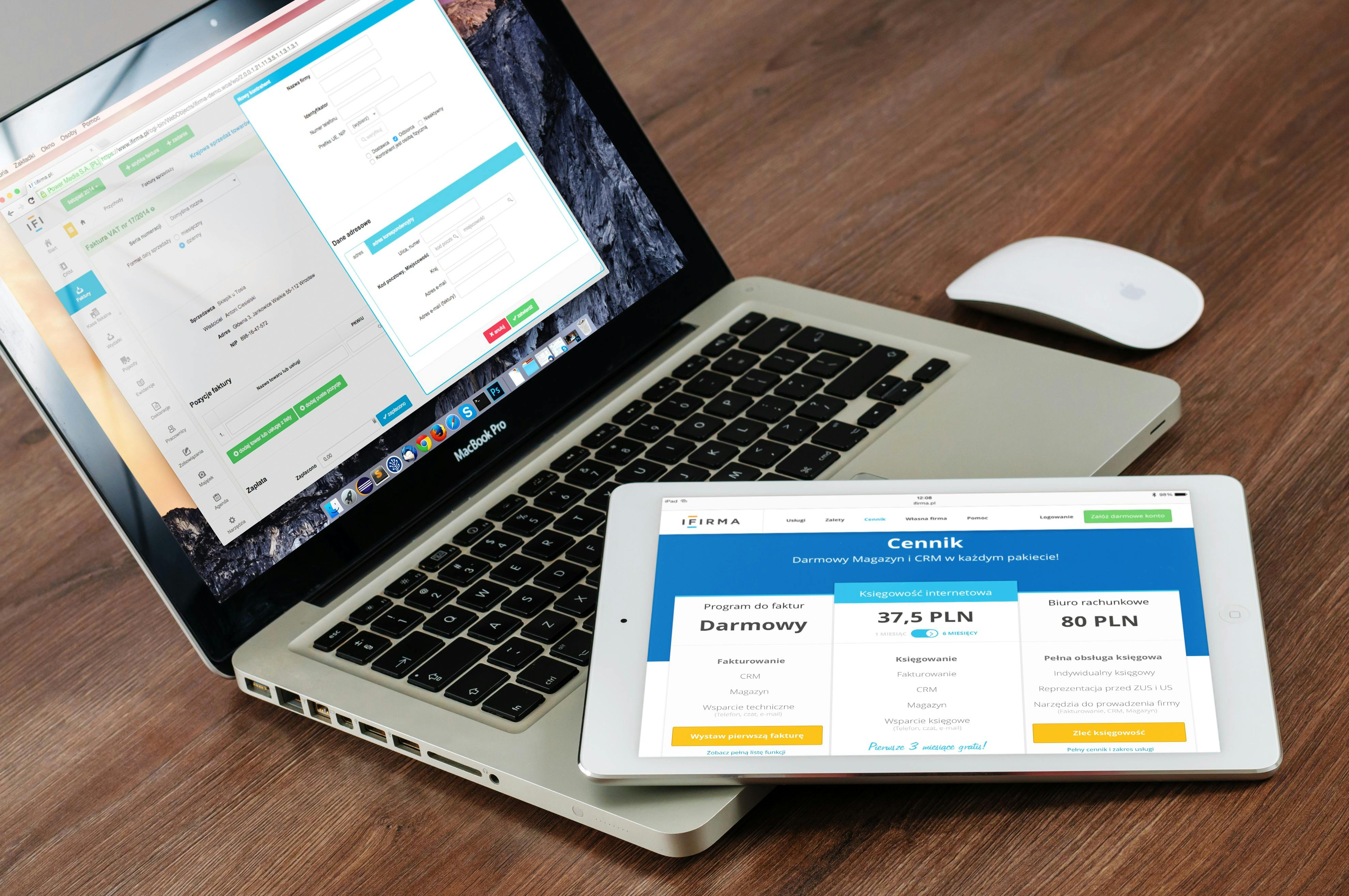Social Media Marketing
Social media has become a cornerstone for businesses, regardless of size. Platforms like Facebook, Instagram, LinkedIn, TikTok, and YouTube offer businesses unique opportunities to reach and engage with a global audience, directly influencing their digital marketing, e-commerce, and SEO strategies.
What is Social Media Marketing?
Social media marketing is the practice of using platforms to promote your products, services, or brand through strategic content sharing. It’s more than just posting updates—it’s about building connections, nurturing customer relationships, and driving meaningful engagement. In the context of digital marketing and e-commerce, social media acts as a powerful engine for lead generation, brand visibility, and conversion.
Key elements of effective social media marketing include:
- Creating engaging content tailored to your audience.
- Interacting with followers through comments, direct messages, and engagement.
- Running targeted ads to reach new potential customers.
- Analyzing performance data to adjust strategies for improved results.
Beyond promotions, businesses also leverage social platforms to offer customer support, build brand loyalty, and gather valuable feedback to refine their offerings.
How To Make Money With The Moniepoint Bank App
Why Social Media Marketing is Crucial for E-commerce and SEO
- Boosts Brand Awareness:
Social media helps expand brand visibility in a way that enhances both organic search engine rankings and overall recognition. Sharing content regularly puts your brand in front of thousands (or millions) of potential customers, making it a key pillar in SEO and .digital marketing - Drives Engagement and Traffic:
For e-commerce businesses, the ability to directly interact with customers through likes, shares, and comments translates into stronger relationships and more website traffic. Social signals—likes, shares, and mentions—play a role in boosting SEO efforts by indicating to search engines that your content is relevant and popular. - Cost-Effective Marketing:
Compared to traditional advertising, social media provides a highly affordable way to promote your products. Whether you’re running ads or relying on organic posts, social media fits seamlessly into any marketing budget, especially important for small e-commerce businesses. - Targeted Advertising:
Platforms like Facebook and Instagram allow businesses to create highly targeted ads based on user behavior, interests, and demographics. This ability to micro-target ensures that your message is reaching the right audience at the right time, driving qualified traffic to your e-commerce site and enhancing your SEO ranking through increased engagement. - Valuable Customer Insights:
Every post, comment, and like offers data that helps refine your digital marketing strategy. Social media platforms provide analytics tools that reveal customer preferences, behavior patterns, and content performance. This information allows businesses to adapt their content to align with audience interests and needs—key for both SEO and sales optimization.
Affiliate Marketing with Us – Sell our Digital Products as an affiliate marketer
Best Social Media Strategies for Digital Marketing Success
To maximize the benefits of social media for digital marketing, e-commerce, and SEO, you need a structured strategy. Here’s how:
- Set Clear Objectives
Whether your goal is increasing brand awareness, driving website traffic, or boosting sales, start by defining what success looks like for your social media efforts. Align these goals with your broader SEO and digital marketing strategy for maximum impact. - Know Your Audience
Understanding your audience is critical for creating content that resonates. Consider their age, interests, platform preferences, and shopping behaviors. For example, e-commerce brands targeting millennials might focus on Instagram or TikTok, while B2B businesses would benefit more from LinkedIn. - Choose the Right Platforms
Don’t spread yourself too thin—focus on platforms where your target audience spends the most time. For SEO-driven content, platforms like YouTube and LinkedIn can enhance organic search results through video tutorials and thought leadership. For e-commerce brands, Instagram and Facebook provide excellent opportunities to showcase products and drive direct sales. - Create Consistent and Valuable Content
High-quality, engaging content is at the heart of any successful social media strategy. Whether you’re sharing blog posts, product demonstrations, or customer testimonials, your content should offer value to your audience. Regular posting not only keeps your brand top-of-mind but also contributes positively to your SEO strategy by encouraging consistent engagement. - Engage Actively with Your Audience
Social media is a two-way street. Respond to comments, answer questions, and encourage user-generated content. This engagement fosters trust and builds a community around your brand—elements that positively impact e-commerce sales and SEO rankings. - Use Paid Ads to Amplify Reach
While organic growth is essential, paid social media ads can give your business a major boost. Platforms like Facebook and Instagram offer advanced targeting options that help you reach specific audiences, driving qualified traffic to your website and increasing conversions. - Track and Optimize Performance
Use the analytics tools offered by social platforms to measure the performance of your content. From tracking which posts get the most engagement to understanding which ads drive the most conversions, data-driven insights allow you to refine your social media strategy continuously.
Affiliate Marketing for Remote Workers: How to Start Earning Commissions from Your Digital Presence
Best Practices for Long-Term Success
- Be Authentic: Authenticity fosters trust. Show the human side of your business by sharing behind-the-scenes content, customer stories, and real-time updates.
- Optimize for Mobile: Most social media users access platforms via mobile devices, so ensure that your content is mobile-friendly and quick to load.
- Leverage Hashtags: Use relevant and trending hashtags to increase the visibility of your posts, but keep them industry-specific to ensure you’re reaching the right audience.
- Adapt to Trends: Social media trends change rapidly, so be flexible and ready to adjust your strategy based on what’s trending within your industry.
How to Earn Money Online – The Ultimate Guide to Financial Freedom
Social media marketing is no longer just an optional strategy—it’s a must-have for any business aiming to thrive in the digital marketplace. For businesses focused on e-commerce and digital marketing, social platforms are indispensable tools for driving traffic, boosting SEO, and increasing sales. By creating meaningful connections with your audience, sharing valuable content, and aligning your social media efforts with your broader marketing strategy, you can achieve substantial growth.
Consistency, engagement, and a well-structured approach will allow your social media efforts to contribute significantly to your business’s overall success in both e-commerce and digital marketing.
Top Free Digital Marketing Online Courses to Boost Your Skills (Get List And Websites)
Subscribe to Safegate World for daily updates.
Check Out Our Premium Services
To Advertise, Advertise Your Affiliate Links on Safegateworld.com
Become a Digital Marketer – Your Complete Guide with 500 Digital Marketing Sites To Start Your Career Immediately!
Related Articles
Can Digital Marketing Make You Rich?
Digital Marketing and Affiliate Marketing
What Is Search Engine Optimization (SEO)?
Pay-Per-Click (PPC) Advertising















